A Desert Ride in Rajasthan
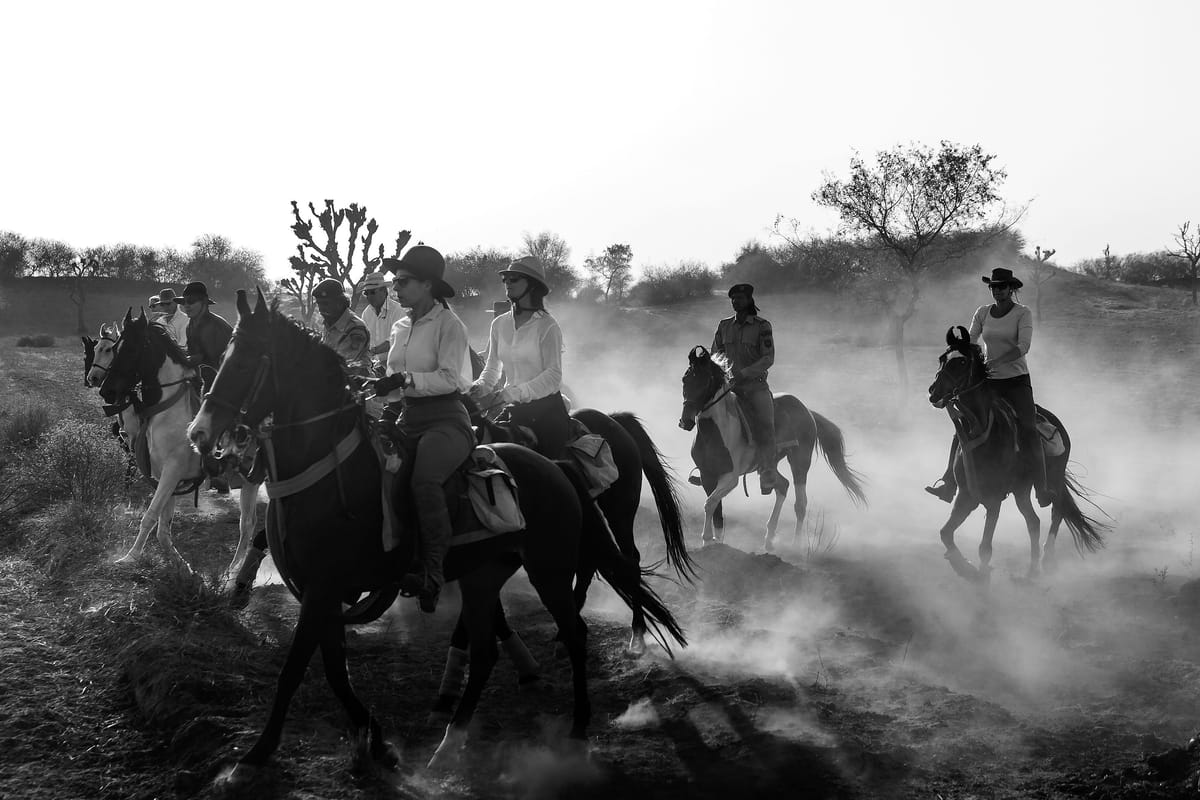
A group of riders embark on a horseback journey through Rajasthan in India, crossing small local villages and parts of the expansive Thar Desert.
A young boy ran alongside a pink-washed wall, dressed in an all-white kurta, typical of Indian summers. We meandered through the little Rajasthani village so removed from tourists that the women and children came rushing out of their homes to greet us. Taking a turn into open land, my Marwari horse Sheetal’s hooves hit the crumbling ground as we raced each other across the Thar Desert, leaving behind clouds of dust. We were a few days into our progressive ride through Rajasthan, a route that took us from the northernmost Indian city Ganganagar across the Hanumangarh and Churu districts, ending at the Alsisar palace that’s now a hotel. Our host Kunwar Raghuvendra Singh Dundlod (aka Bonnie) is a Shekhawati Thakur, and knows Rajasthan well.
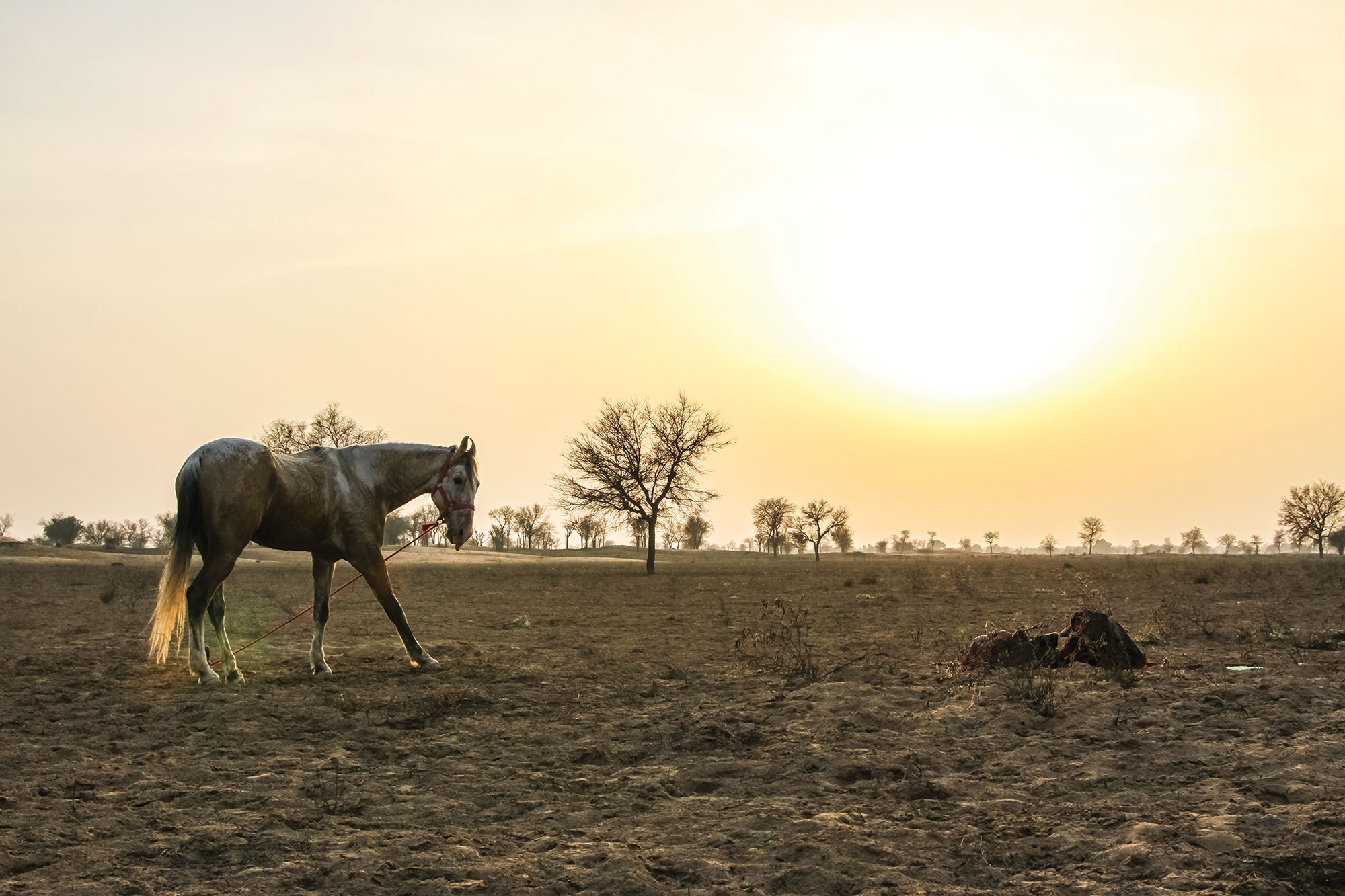
A true Rajput, Bonnie’s charisma and elegance extend from his mannerisms to his incredible horsemanship. Though he usually leads trips around his home in Dundlod, we were on a new trail, riding a new route that started along the newly built Indira Gandhi Canal. On our way were little villages, and hundreds of kilometres of open desert land. Parched days were followed by slightly cooler nights around a campfire, where Bonnie who seems to have a never-ending supply of entertaining stories would tell us anecdotes, like the time Prince Charles forgot his favourite silver shaving brush in Jaipur, and requested that it be chauffeured over to Delhi. In the morning, we would eat breakfast as our horses relaxed in the early day mist. Heading out, we’d go where no tourists ever seem to go, a part of Rajasthan that is far removed from the Pink City and the high dunes of Jaisalmer. Riding through a village in Churu, I saw a young woman’s yellow dupatta flying behind her as she ran after her lambs; they were charging towards our horses, bleating stupidly. Further on, as we peered into the wide veranda of a home, there was a newborn camel, its eyes still shut, sitting close to its mother.
Riding 30 to 50kms a day in dust and dry heat can be challenging, but we managed to cover the distance without much drama, apart from a long day getting lost and an incident with an angry camel. We encountered the camel (he was attached to a cart) on a narrow dirt road. As we slipped one after the other down a steep detour, the camel got angrier. His owner had to restrain him but the animal was sure he had the right of way, and pushed against his human, shaking his head in fury.
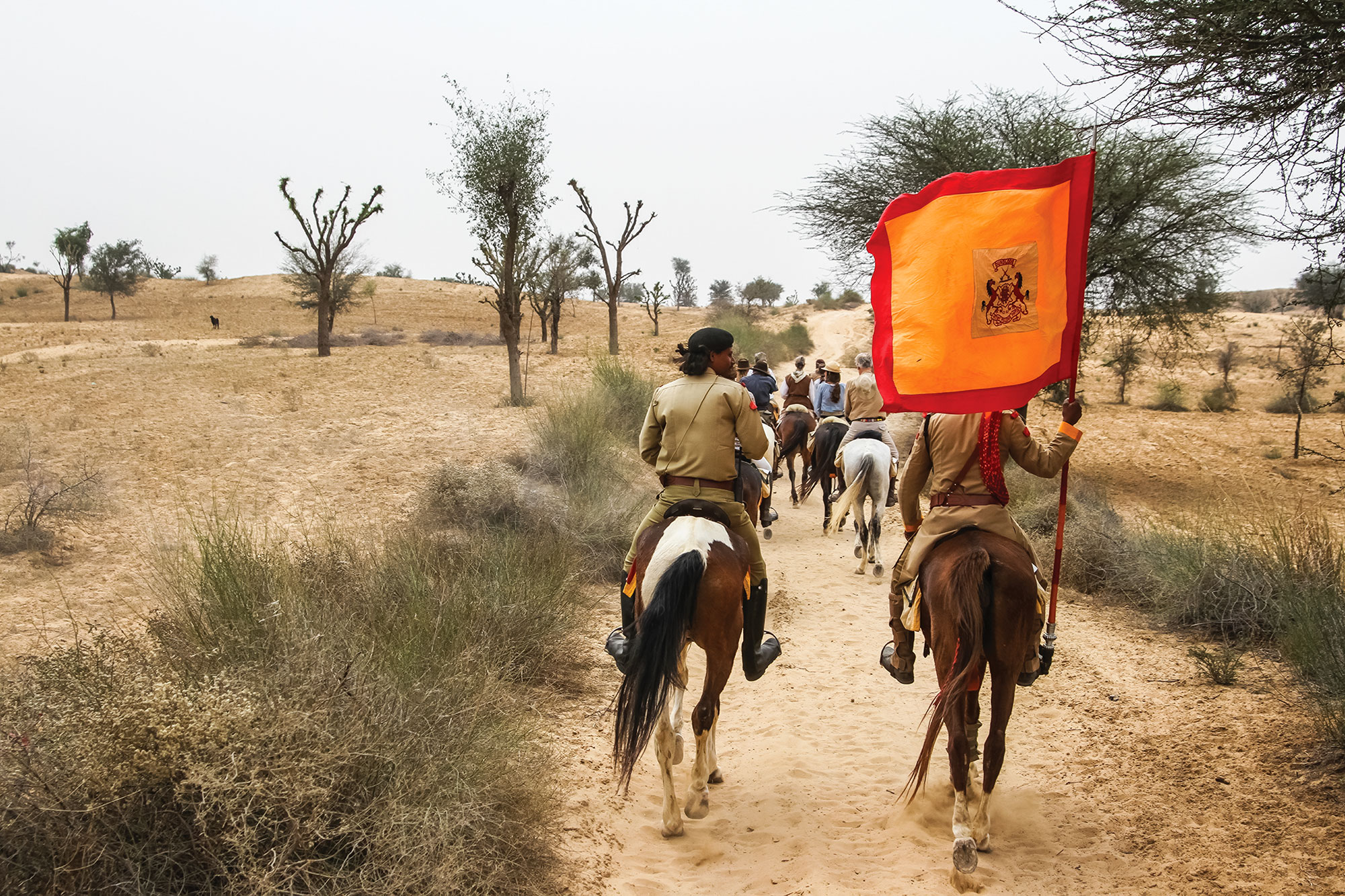
We were the cause of much excitement in the area, as most of our group was from England - people of all ages, led by Nigel Harvey, who runs Ride World Wide and can fix any problem - he broke open the lock on my duffel bag after I ‘lost’ my keys (they were in my saddle bag). Everywhere we went, there were curious people who wanted to know about us as much as we wanted to know about them.
Before setting off on our expedition, we had briefly visited the Bhatner horse fair in Hanumangarh, where there were Marwari horses of all size and colour, brought from the nearby states of Punjab and Haryana. Amidst all the dancing horses, and the brassy colts and fillies who had won prizes in that day’s show, was our party of foreigners who sparked the most interest. The local news team arrived and excitedly started interviewing Bonnie’s guests. The guests were just as excited when they found themselves in the local newspaper the following day.
Sitting by the edge of the canal on our lunch break that first day, we poured over the newspaper as more people from the local villages came by to watch us. We were like a tiger sleeping lazily after a kill, and they were the tourists in Indian National Parks, watching intently from safari vehicles, as we did nothing. Tutu, Bonnie’s resident guard dog, who seemed to have had enough of the paparazzi, scared a man so badly he ended up jumping into the canal to save himself, sheepishly climbing out the other side in drenched trousers. As we rode along the canal that has made this area so rich with colour, the men called the women and children out of their homes, shouting, “Look! White People!” “Dekho! Angrez!” In that first leg of our journey, the yellow and brown hues of the sand gave way to green crops and flowers that reached our thighs as we rode through them.
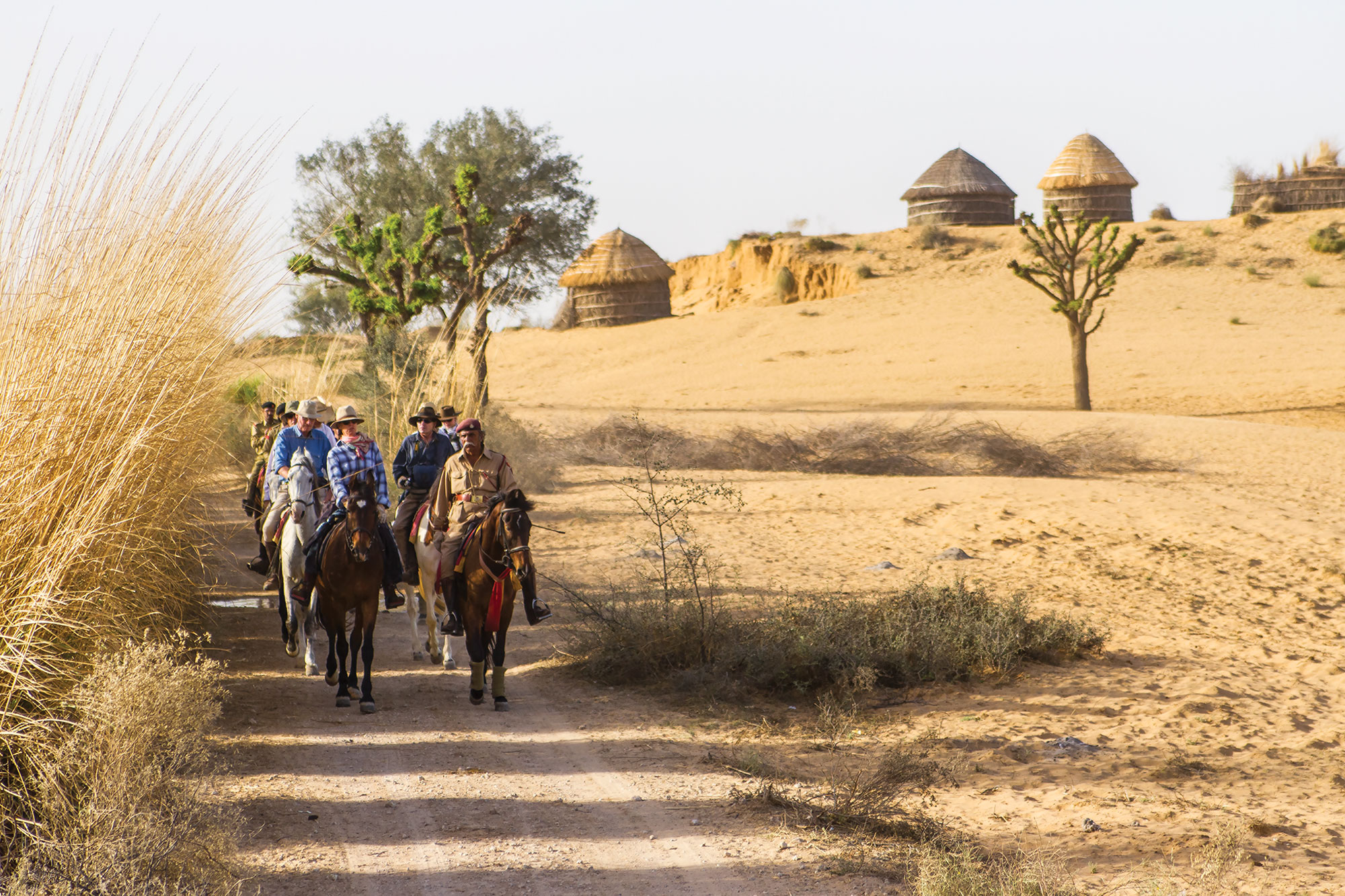
Entering the first campsite, we were greeted like movie stars and a big group gathered around to ask questions. They were curious about the young girls who had come all this way alone and wanted to know where our men were. Later on, we were also asked to be the guests of honor at a local cricket match. We rode into the pitch for a brief appearance on route, amidst drumming, cheering and curious stares. The Marwari horses we were riding seemed to know that they were the chief guests, and took the people and loud noises in their stride. I thought of the horses I sometimes ride at home, and imagined that they would have bolted into another state around this time, leaving me behind to enjoy the match.
I love all horses, but Marwari horses are in a league of their own. Legend has it that a ship carrying Arabian horses was wrecked in the Indian Ocean. The people onboard died, but the Arabians, with their undying stamina, swam ashore and mated with the local breed, eventually forming the Marwari horse that seems to have unparalleled speed and stamina today. We rode Marwari horses over seven intensely hot days, and I believe they could have run forever had we let them. The only gelding of the group was on his second safari; surrounded by mares, he galloped behind the group and got increasingly nervous if he thought we were leaving him behind at a water trough. As the ride progressed, he seemed to find his place among all the females, getting feistier by the day, and he was leading the group towards the end of our journey. Curious about this amazing breed, I asked Bonnie’s partner Francesca Kelly to tell me a bit about them during one of our leisurely lunch-breaks. Francesca’s been leading trips with Bonnie since 1995 and is known around Dundlod as "Ghorawali" or "she who rides horses”. She and Bonnie (who has been running trips in Rajasthan since 1985) jointly started the Indigenous Horse Society of India in 1997, a body that now exists to support the Indian horse for promotion, preservation, census, and export.
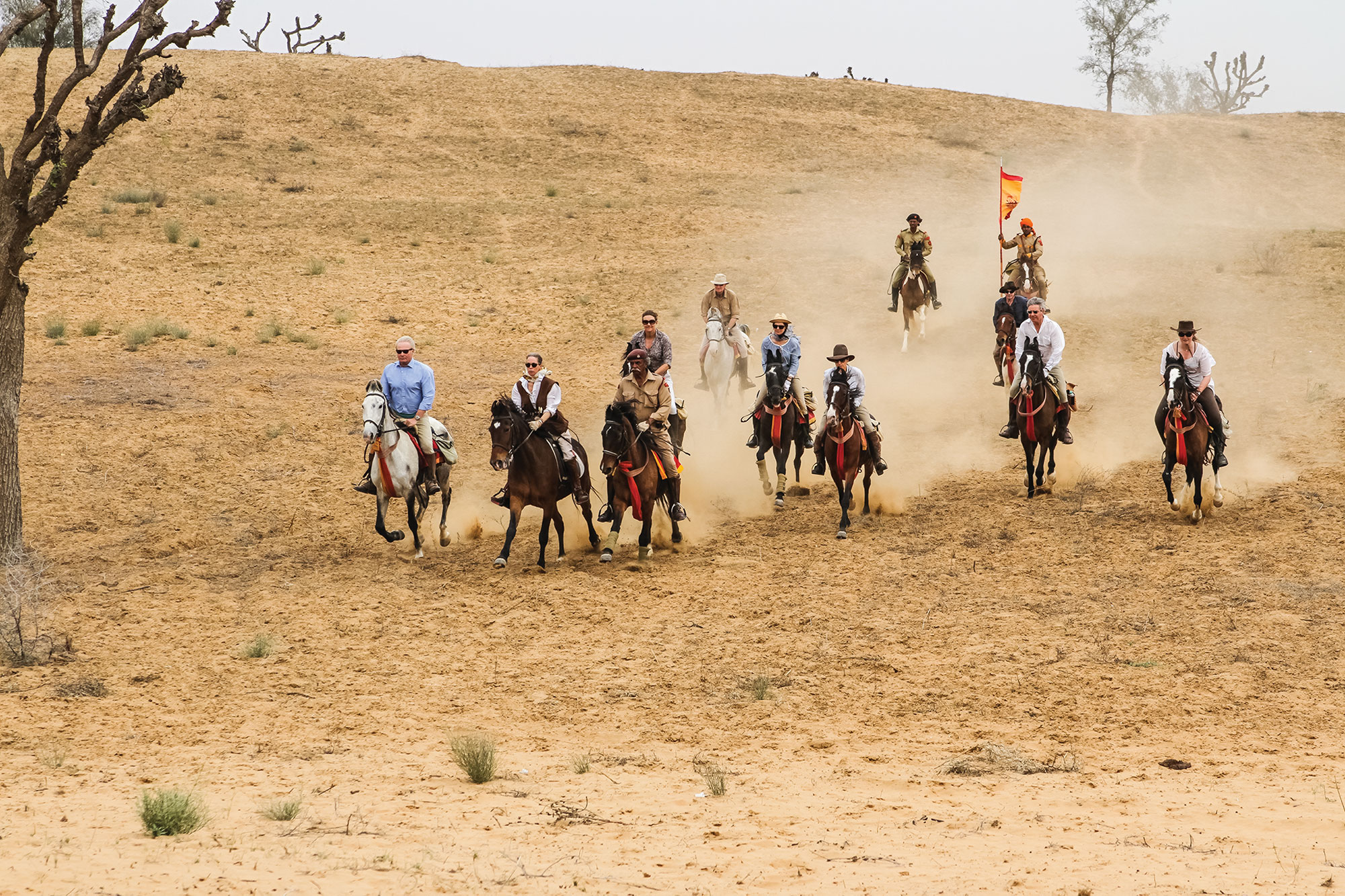
Indian horses, that were once war horses greatly loved by the Kshatriyas, the warrior class of ancient Vedic society, suddenly had no function after the powers of the Maharajas and feudal wars were abolished through British invasion. Sitting under the shade of a tree, as we watched a member of our group Vishal carefully cleaning the dirt out of Sheetal’s eyes, Francesca spoke of the Marwari. And how their export out of India is currently under unofficial ban. How people from Rajasthan and Punjab bred Marwaris in large numbers, but can’t get them out of India; their horses ending up in fairs in increasingly depleting conditions.
Bonnie currently has 70 of the best looked after Marwari horses in India, but others in the country aren’t as lucky. He and Francesca believe that anyone who has the right paperwork (medical and customs) should have the right to export their horses - a right to livelihood that also ensures that the horses will be cared for. They hope the ban will be lifted, and so do I. Spending a few days galloping across the desert on sure-footed Sheetal, watching the Marwari horses roll in the dust as twilight fell, and seeing the care and love with which they were treated by our hosts, made me believe that they deserve to be saved.
The Dundlod Royal Equestrian and Polo Centre also runs commercial riding trips for guests.
Feature Image: The Thar is one of the most populated deserts in the world, yet there were moments of quiet on this ride, where it was just this group of people and the sound of their horses' hooves. Photo by Madhuri Chowdhury



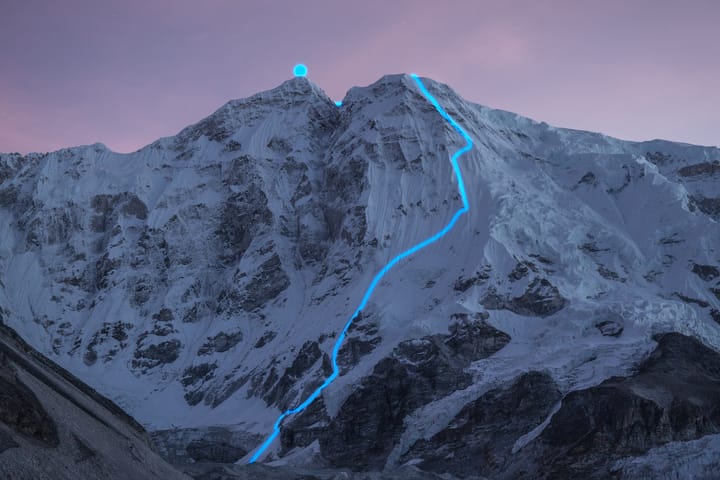
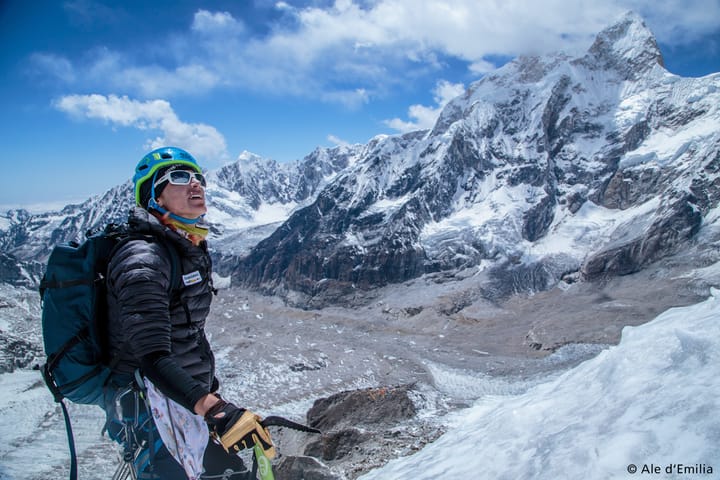
Comments ()